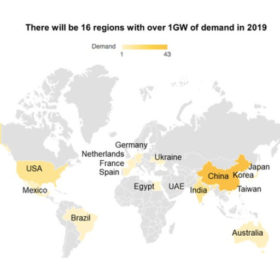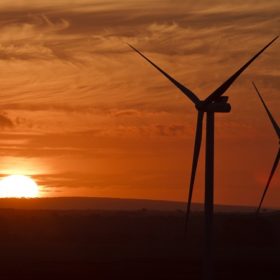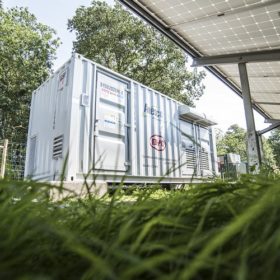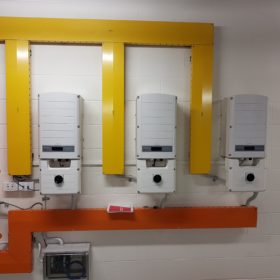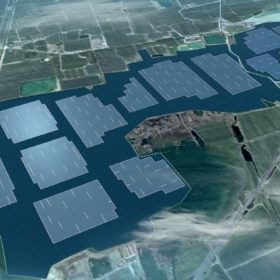2018 pv magazine Annual Award winners announced
pv magazine is pleased to announce the winners of our inaugural Annual Award. Winners will be recognized in a ceremony alongside the Middle East Solar Industry Associations’ Solar Awards, during the World Future Energy Summit.
Solar not in COP24’s spotlight
As the dust settles on an imperfect, but still welcome, international agreement thrashed out at COP 24, the chairman of the European Energy Research Alliance has criticized the solar industry for its lack of representation in Katowice.
SMA announces over 400 job losses, China closure
SMA Solar technology AG has announced that around 425 full time jobs or 12.8% of its global workforce will be lost as part of its restructuring efforts. The PV inverter manufacturer will also discontinue operations in China, preferring to refocus its efforts on Germany.
CSIRO-hosted Global Carbon Project points to crucial PV role
The growth in global energy demand is surging ahead of decarbonisation, concludes a new report released Thursday, but the opportunity is promising for solar PV to grow into the space and help reduce the emissions burden.
PV Info Link expects solar demand to reach 112 GW in 2019
That would mean a market increase of around 25% on this year. Demand is predicted to become particularly strong in the second half of the year. Australia is forecast to see lower demand than usual in the first quarter, but also be among 16 nations worldwide that will add over 1 GW of solar capacity in 2019.
Solar, wind cheapest source of new generation in major economies – BNEF
Solar and/or wind are said to be the cheapest source of new energy generation in all major economies, apart from Japan, finds BloombergNEF. It adds that China’s utility-scale PV market has contracted by over a third this year; and that battery costs are set to drop a further 66% by 2030, driven by EV adoption.
Enphase sold out into 2019, with improved margins
Enphase’s 3rd quarter results saw revenues at $78 million with an estimated $10 million sales shortfall due to a component shortage, as the company shipped 204 MW of inverters. Future speculation saw an international play on the IQ8, the SunPower partnership, and energy storage driving growth.
BNEF: Australia among leaders in $1.7 trillion energy storage market
Bloomberg New Energy Finance has significantly increased its forecast for global deployment of behind-the-meter and grid-scale batteries from now to 2040. The research company sees Australia among nine markets that will be driving this trend, as the economic case for batteries becomes unstoppable.
SolarEdge’s latest quarterly results show robust growth
The inverter maker took number one spot in the United States from SMA this year, and acquired majority stakes and IP in uninterrupted power supply company Gamesa and storage system provider Kokam. While other companies have consolidated, SolarEdge managed to report robust results.
Australia has potential for 50 GW of floating PV capacity
The World Bank says global operational floating PV capacity has topped 1.1 GW, noting that adding floating solar to hydropower plants improves their flexibility while increasing energy yields. According to the latest WB report, Australia and Oceania have potential for 5 GW of floating solar on freshwater man-made reservoirs under conservative assumptions, and up to 50 GW under the most favorable scenario.




